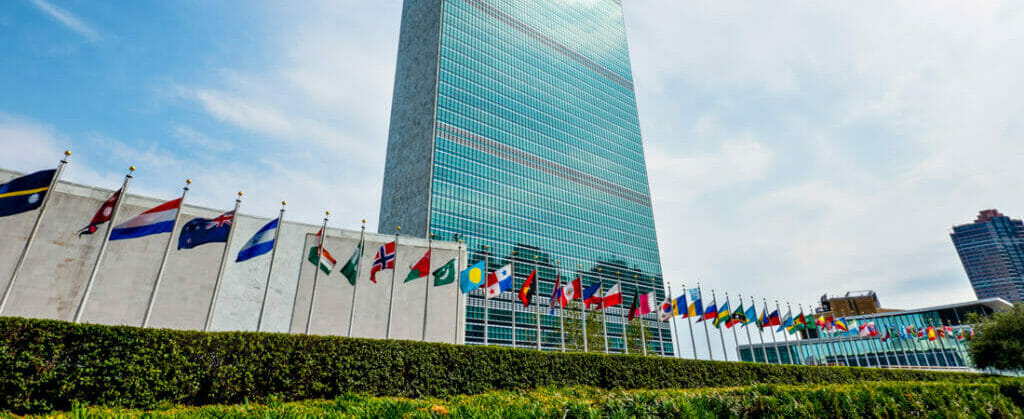Forests are often called the lungs of the Earth. They produce oxygen, store carbon, protect water supplies, and are home to more than 80% of life on land. They also help fight climate change and support the livelihoods of millions of people. But today, forests are disappearing at an alarming rate. According to a research conducted by the Food and Agriculture Organization (FAO) the world lost 420 million hectares of forest between 1990 and 2020—an area about the size of India!
Why is this happening? Some forests are cleared to make space for farms, cities, roads, and mines. Others are destroyed by illegal logging, wildfires, and the growing impacts of climate change. Moreover, forest degradation, due to wildfires and the worsening effects of climate change, continues to diminish the ability of forest ecosystems to recover.
To respond to this crisis, the United Nations Forum on Forests (UNFF), a Functional Commission of the United Nations Economic and Social Council (ECOSOC) was created in 2000. It brings countries together to protect, restore, and sustainably manage forests worldwide.
One of its guiding tools is the UN Strategic Plan for Forests (2017–2030) which provides a global framework for action at all levels to sustainably manage all types of forests and to halt deforestation and forest degradation. The historic agreement on the Strategic Plan was forged at a special session of the United Nations Forum on Forests in January 2017, and subsequently adopted by the United Nations General Assembly in April 2017. At the heart of the Strategic Plan are six Global Forest Goals and 26 associated targets to be achieved by 2030.
The main focus of this simulation is on Global Forest Goal 1. It has four targets: Target 1.1 Increase forest area by 3 per cent worldwide; Target 1.2 Maintain or increase the total amount of carbon stored in forests worldwide by protecting existing forests from deforestation and degradation, reducing logging, preventing and controlling forest fires; Target 1.3 By 2020, promote the implementation of sustainable management of all types of forests, halt deforestation, restore degraded forests and increase new forests on land that has not been forested for a long time; 1.4 Strengthen the resilience of forests to climate change and natural disasters.
At the UNFF’s most recent meetings, countries highlighted three main priorities: 1) Using forests as a key tool to fight climate change, biodiversity loss, land degradation, and poverty; 2) Finding new ways to fund and apply science and technology to support sustainable forestry; 3) Strengthening partnerships and information-sharing between governments, institutions, and communities in the forest sector.
Evaluations of the Global Forest Goals are assessed in the Global Forest Goals Report. Despite some progress, high deforestation rates persist, particularly in tropical regions. Global Forest Goal Target 1.3, for example, which aimed to halt deforestation and increase afforestation and reforestation by 2020, was not met. Although the global rate of net forest loss slowed between 1990 and 2020, deforestation has continued, and recent data shows the world is significantly off track to meet the even more ambitious 2030 goals.
It is important to remember that sustainable forest management isn’t just about saving trees—it’s about creating a balance between the environmental, social and economic dimensions of sustainable development: protecting ecosystems, supporting local communities, and allowing for responsible economic growth. A critical component in achieving this balance involves acknowledging that the future of our planet is dependent, in part, on the future of forests.



